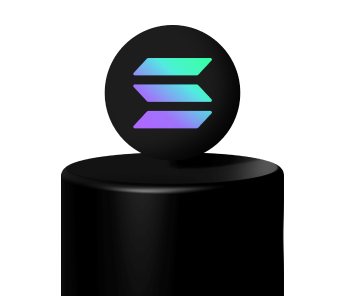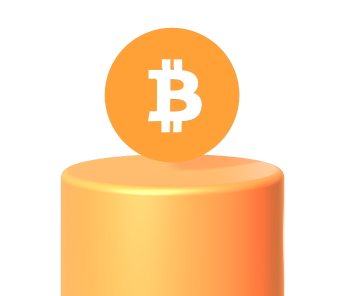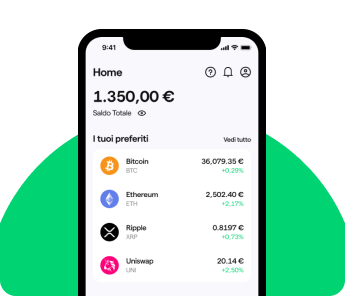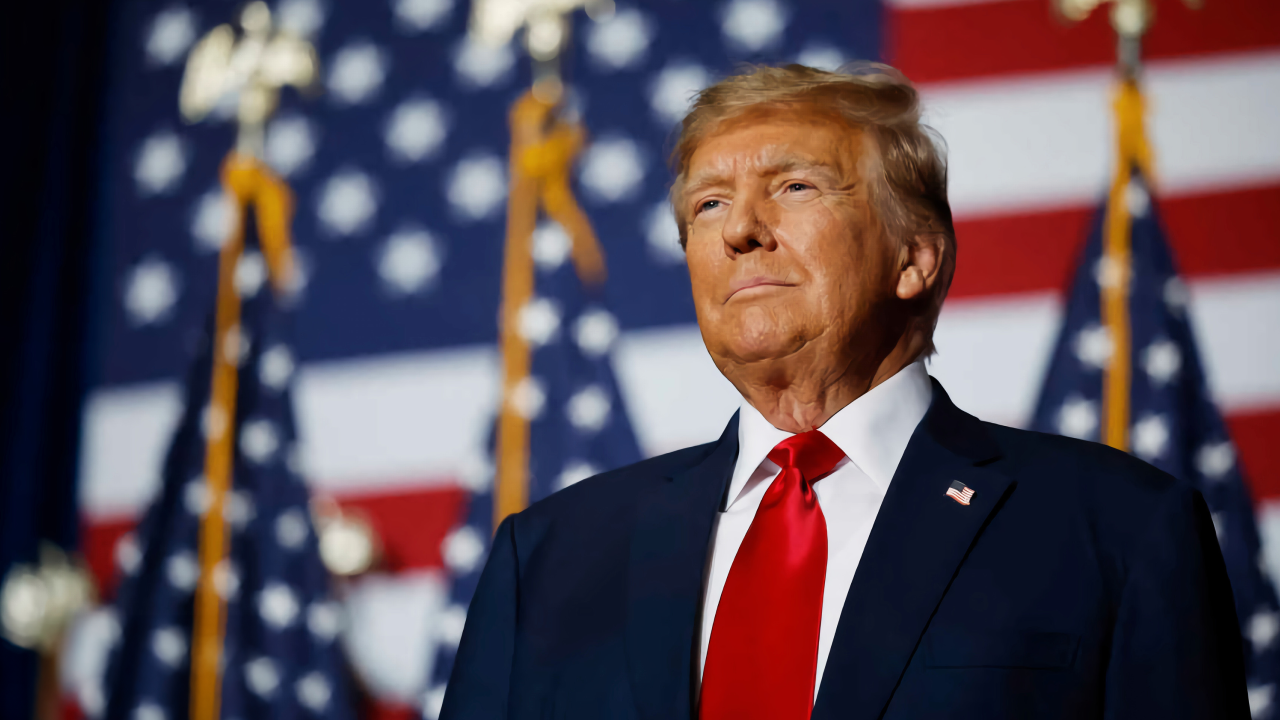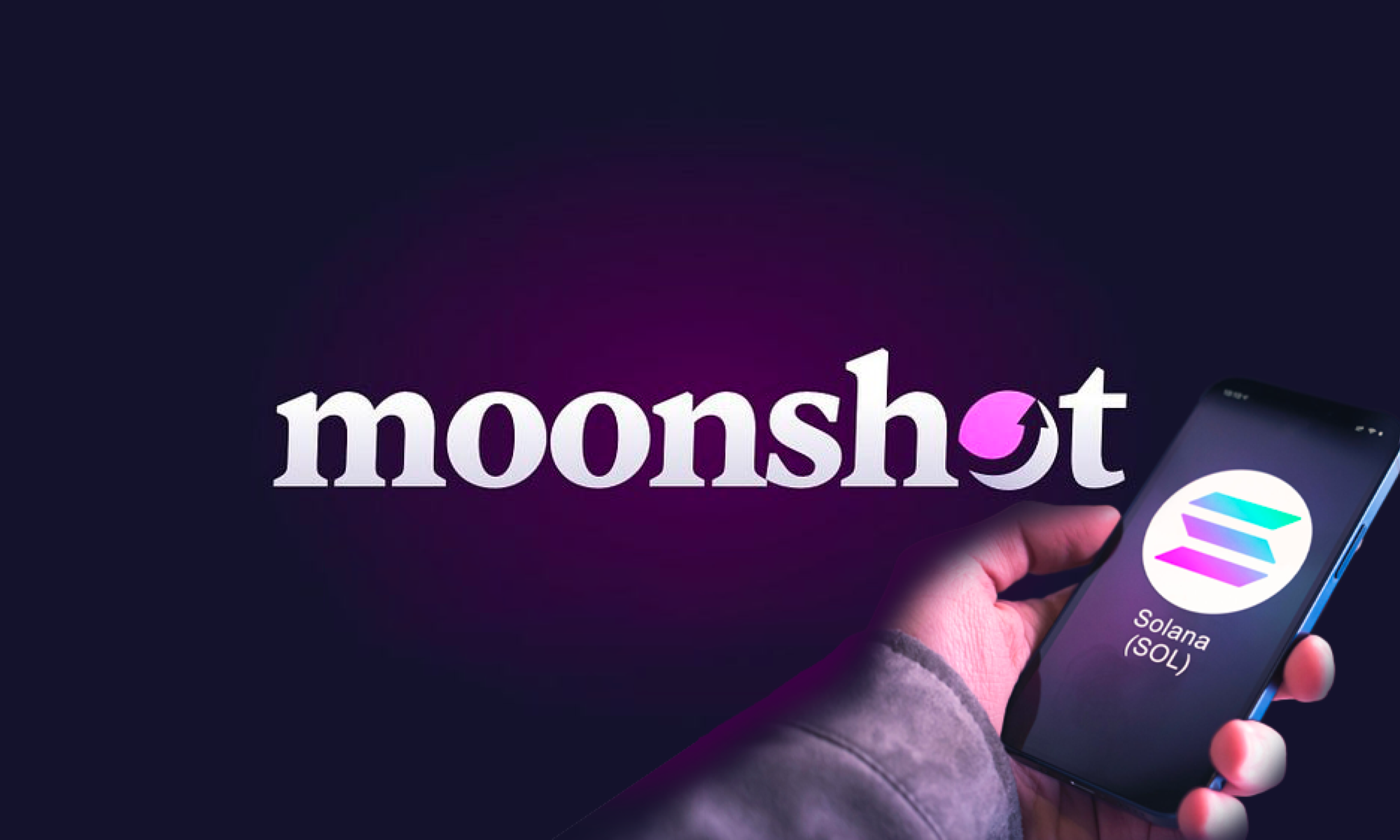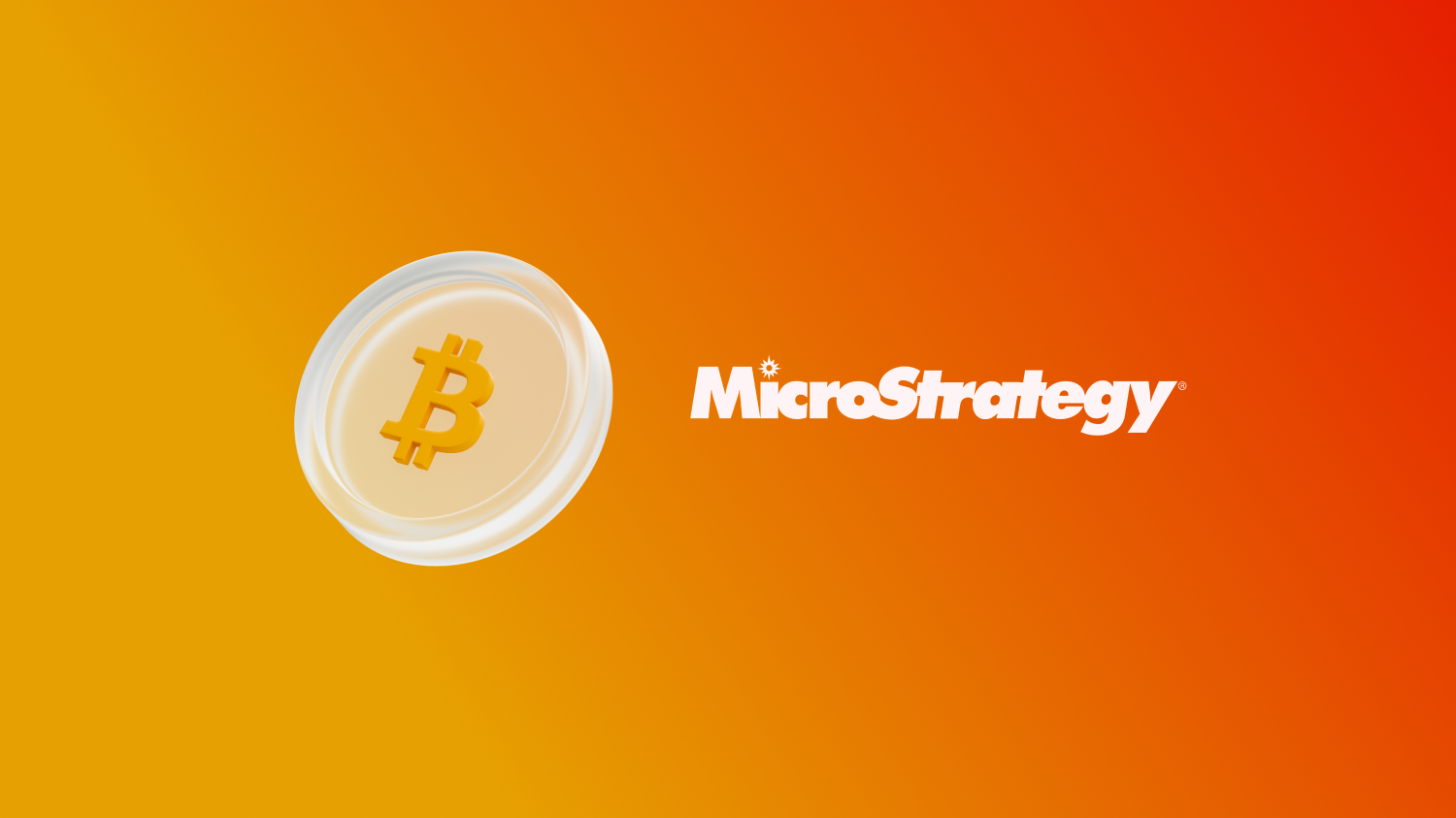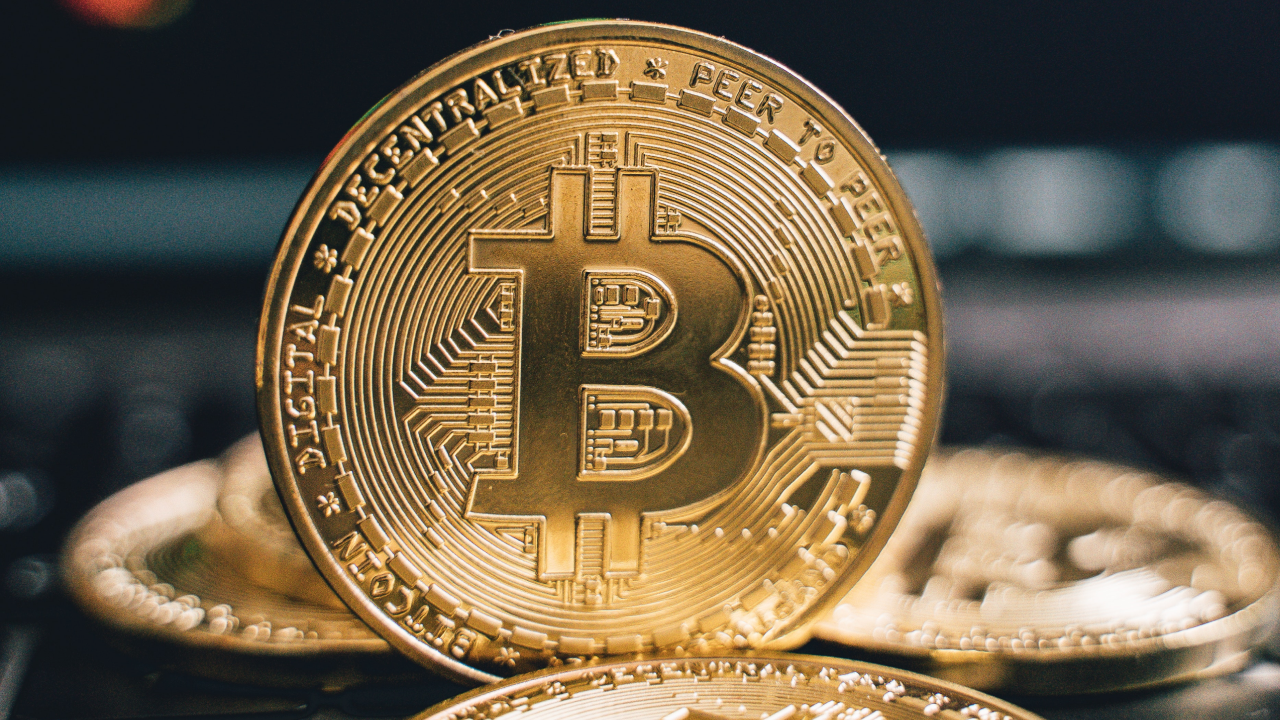Donald Trump surprised everyone by announcing the launch of a meme coin on Solana. Find out the price, capitalisation, and why this move is shaking up the entire crypto market.
Without warning, on the night between Friday and Saturday and thus just days before his inauguration into the White House, Donald Trump made an announcement that shook the cryptocurrency world. The 47th US president unveiled that he had launched a memecoin called Official Trump (TRUMP) on Solana, which surpassed a capitalisation of $12 billion within hours.
Some investors initially thought it was a prank or a hacking attack on social channels. Yet confirmation came directly from CIC Digital LLC, the same entity already handling the launch of the tycoon’s NFT collections.
The token was launched with Trump’s image inspired by the July assassination attempt in Butler, Pennsylvania, a commercial initiative that has split the world between those who criticise the operation as a blatant attempt to profit from the office he is about to occupy and those who espouse the idea of a celebratory instrument of victory.
Officially ‘Official Trump (TRUMP)’: ‘presidential’ token on Solana
The idea behind Official Trump (TRUMP) is quite clear: to establish itself as Donald Trump’s only ‘official’ memecoin. According to the information provided by the team, the token’s distribution foresees an initial availability of 200 million TRUMP from day one, intending to extend the total supply to 1 billion within three years.
- Updated price: according to the latest figures, 1 TRUMP is around $53
- Trading volume: in the last 24 hours, the Trump meme coin has recorded around $51 billion. A record for the industry.
- Distribution: According to the meme coin’s website, 80% of the coin’s supply is owned by CIC Digital LLC, an affiliate of the Trump Organisation, and Fight Fight LLC, a company incorporated in Delaware on 7 January. According to documents filed by the state, both companies will receive an undisclosed share of trading revenue.
Trump announced the launch of his token on social media: ‘It’s time to celebrate everything we stand for: WINNING! Join my special Trump Community. GET YOUR $TRUMP NOW.’ Within hours, the token quickly entered the market’s top 20 cryptos by capitalisation.
The legal notes specify that the tokens are not regarded as ‘an investment opportunity’ or ‘a security’ but rather as an expression of support and commitment to the ideals and beliefs embodied in the ‘$TRUMP’ symbol.
Market and community reactions
Public opinion remains divided:
- Pro: Supporters see TRUMP as a way to democratise access to digital assets and celebrate a prominent political figure.
- Cons: Critics fear using presidential power for commercial purposes, raising ethical and regulatory concerns.
Criticism and scepticism
Many analysts and investors have expressed doubts about the operation. Nick Tomaino, a venture capitalist and former Coinbase executive, said, “The fact that Trump owns 80% of the tokens and launched them in the run-up to the inauguration is predatory, and many could suffer losses.”
The Kobeissi Letter, a well-known industry analyst, also commented negatively on X, describing the operation as ‘bordering on insanity’. In particular, it pointed out how the launch of $MELANIA, another meme coin linked to the Trump family, resulted in the pulverisation of $7.5 billion in just 10 minutes.
Support and celebration
On the other hand, the community of Trump supporters sees this initiative as a symbol of victory and celebration. With the slogan ‘It’s time to celebrate everything we stand for: WIN!”, Trump has attracted thousands of buyers, fuelling the hype around the project.
The launch of $MELANIA competes with $TRUMP
The launch of $MELANIA, which took place just over 24 hours after Trump’s, has unexpectedly impacted the market, prompting some traders to sell the $TRUMP meme coin to bet on a new target. “The official Melania meme is available! You can buy $MELANIA now,” was written on X and later shared by Trump.
Immediately after the debut of $MELANIA, the value of $TRUMP plummeted by more than 50%, from $75 to $30. In the following hours, it gradually rose again to around $64. Meanwhile, the market capitalisation of $MELANIA reached an impressive $13 billion.
From sceptic to crypto supporter?
Trump had previously criticised Bitcoin and the entire cryptocurrency industry, calling them ‘scams’. However, during the election campaign, he radically changed course, calling himself the ‘cryptocurrency president’ several times and becoming the first presidential candidate to accept cryptocurrency donations.
Following this interest, Trump launched a DeFi project on Ethereum called World Liberty Financial. However, in that case, Trump family members neither owned the platform nor held official roles in the company.
In addition, he declared his intention to use his executive powers to reduce the regulatory burden on companies in the cryptocurrency industry and announced the formation of a new dedicated advisory board.
Among his plans is an executive order recognising Bitcoin and the crypto sector as national policy priorities. The order would invite government agencies to collaborate with the industry and establish a federal reserve for Bitcoin, allowing the government to buy and sell cryptocurrency.
What happened this weekend in the world of decentralised finance also impacted the price of Bitcoin, which recorded a new all-time high at $109,500.
Trump Token: the latest step in campaign merchandising
The Trump meme coin is the newest addition to the growing merchandising line, which already includes products such as perfumes, colognes, the ‘Trump Watches’ (with a value of up to $100,000), as well as silver coins, limited edition trainers, Trump-branded Bibles and collectable NFTs. NFTs and Trump-branded guitars alone generated 11.8 million in revenue.
How did the other ‘Trump tokens’ react?
The news did not fail to wreak havoc on cryptocurrencies already using Trump’s name or image—projects that originated well before TRUMP‘s official launch. Despite enjoying a surge in popularity in the past months due to the tycoon’s political and other exploits, many of these tokens experienced an immediate slump in value in favour of the more ‘authentic’ mem coin signed by CIC Digital LLC.
- Fluctuating performance: within hours of TRUMP’s official presentation, the other Trump-themed coins showed a decline in trading volumes.
- Possible consolidation: Some ‘unofficial’ projects may attempt rebranding or collaborate to distinguish themselves. However, competing with the original ‘Trump brand’ could be a complex challenge.
What happens now?
The media effect generated by this meme coin is already evident: Official Trump (TRUMP) has catalysed the attention of the press and social media, fuelling the debate on how political leaders can influence (and sometimes distort) crypto markets.
The following steps could concern:
- New exchange listings: capitalisation could increase further if $TRUMP were to land on high-volume trading platforms.
- Utility development: beyond the ‘meme’ dimension, the project could evolve with additional functionalities, such as staking, governance or synergies with the NFT world.
- Regulations: The hypothesis that a sitting US president publicly supports a meme coin raises several regulatory questions, especially given the propensity of some authorities to monitor digital assets closely.
What are meme coins
Memecoins are cryptocurrencies inspired by memes, jokes or viral internet phenomena. Unlike utility tokens, meme coins are often created to exploit the popularity of a meme or community. Two of the most famous examples are Dogecoin, created as a joke based on the Shiba Inu dog meme, and Shiba Inu, developed as a direct response to Dogecoin.
These cryptocurrencies are often launched with motives related to humour or the desire to ride a trend. Their value is mainly based on community support and speculation rather than real utility or technological innovation. The price of a meme coin is fuelled by the demand and hype of the moment, making it highly volatile.In conclusion, the launch of Official Trump (TRUMP) represents a unique case in the crypto landscape, with implications beyond the meme coin market. The main question remains whether this operation will set a new standard for using cryptocurrencies by political leaders and public figures or whether it will be just a controversial interlude in the crypto world.
The purchase of $TRUMP is highly speculative and carries a significant risk of loss. The value of $TRUMP is subject to high volatility and may fluctuate drastically over short periods. Please note: $TRUMP is a meme coin, a cryptocurrency based on an internet meme, and its value may be influenced by factors unrelated to economic fundamentals. The cryptocurrency market is largely unregulated, and buyers have limited protection in case of losses. The information provided in this newsletter does not constitute financial advice. You should consult a qualified financial advisor before making any purchase decision. Only invest what you can afford to lose, and fully understand the risks associated with cryptocurrency purchases, especially meme coins, before proceeding.

Buy SOL on Young Platform
